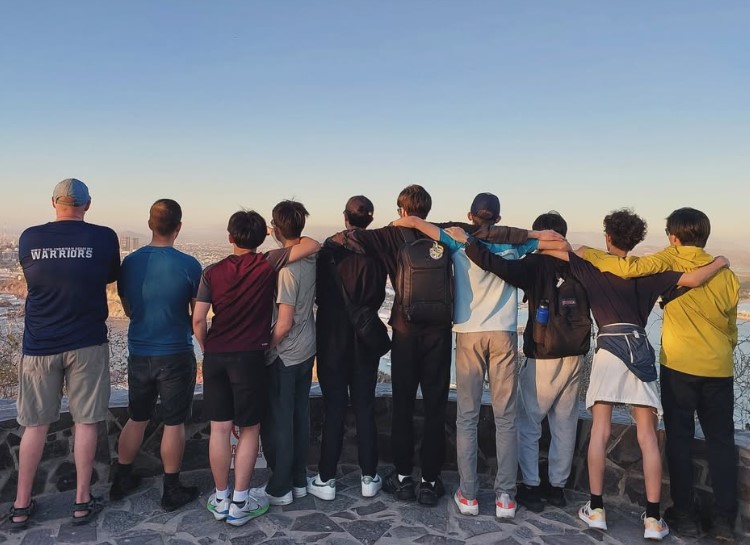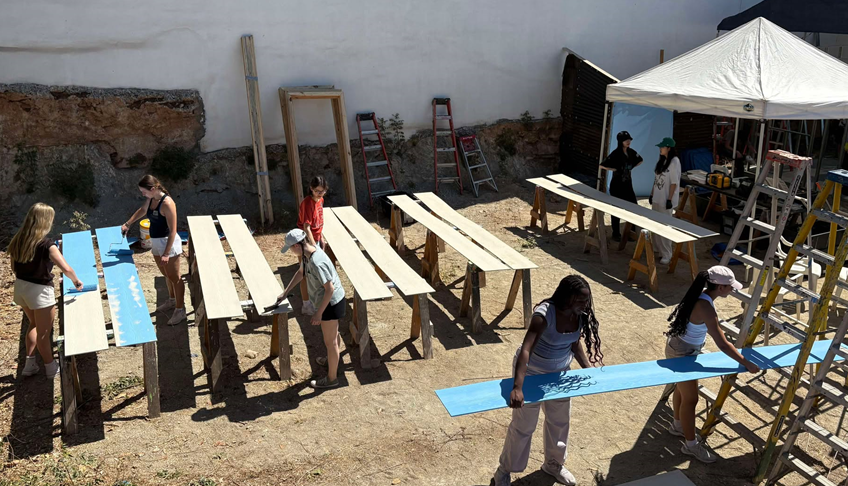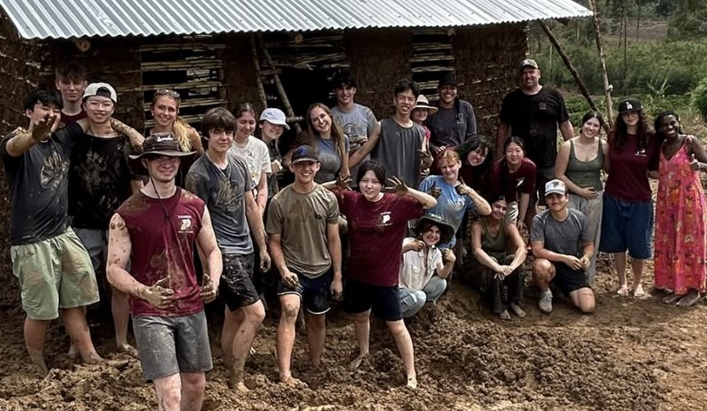Service
Transformational Learning Opportunities
Our mission is to “Inspire and cultivate citizens of Godly Character who transform their world for Christ.” This transformational aspect is at the heart of all these experiences, whether international or local.
By engaging in these trips, we invite God to transform us on our spiritual journey, and in turn, God can use that transformation to impact both our own communities and the community that we visit.
The hope is that students will reflect on how the trip transformed their hearts, their faith, and their future: Transformational Learning Opportunities (TLO).

Service and Connection
Uganda TLO 2025
Building Homes and Hearts
Mazatlán TLO 2025
Impact at Home
Service Week 2025
Our Service Program
Our service program encourages a servant heart in God’s world through local and global mission projects.
The framework is divided into four phases: K-G2; G3-G5; G6-G10; G11-G12. The framework is also based on Westerhoff’s four stages in faith development: experienced faith, belonging faith, searching faith, and owned faith. It is also based on Lawrence Kohlberg’s stages of moral reasoning. From their research we plan for Mission and Service Learning using four contexts: Seeing God’s world, caring for God’s world, knowing God’s world, and going into God’s world.
| Jerusalem ↓ K-G2 ↓ Local (WRCA community) ↓ Seeing God’s World | Judea ↓ G3-G5 ↓ Local (WRCA community) Municipal (Lower Mainland) Caring for God’s World | Samaria ↓ G6-G10 ↓ Local (WRCA community) Municipal (Lower Mainland) Regional (Provincial) ↓ Knowing God’s World | Ends of the Earth ↓ G11-G12 ↓ Local (WRCA community) Municipal (Lower Mainland) Regional (Provincial) Global (World) ↓ Going into God’s World |

